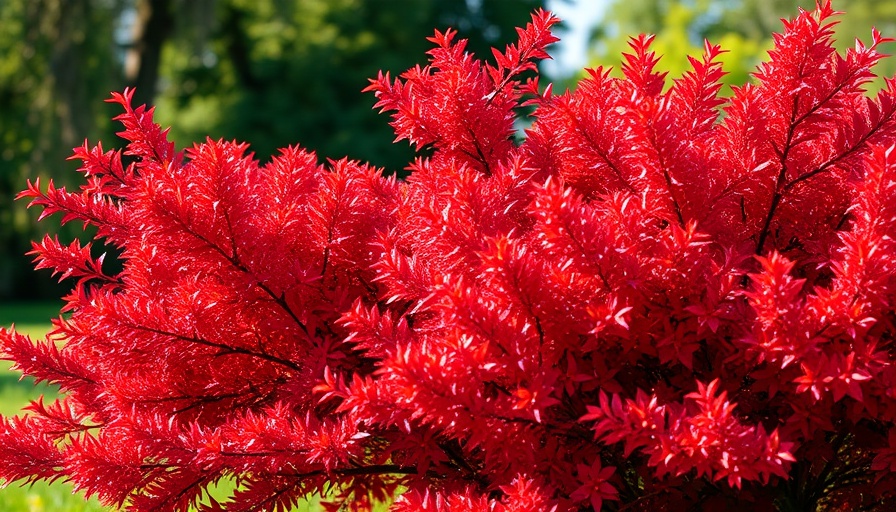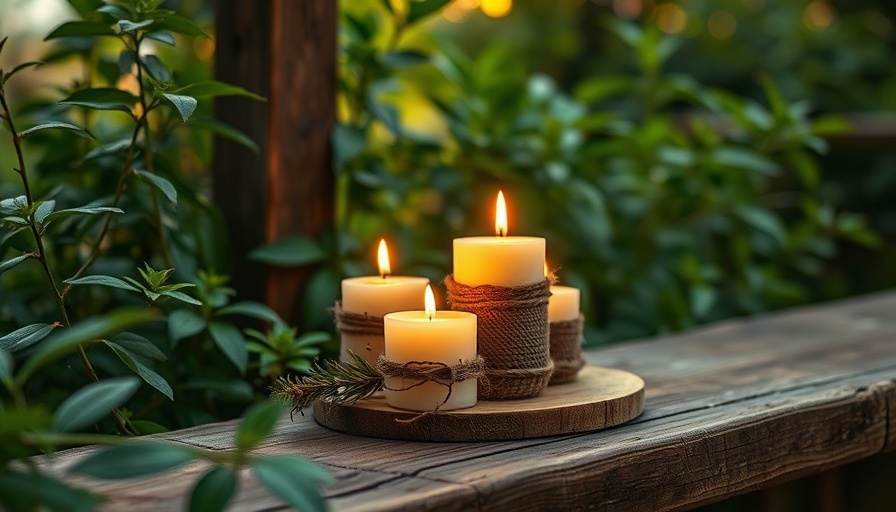
Why Dahlia Support is Essential for Gardeners
Whether you're an amateur gardener or a seasoned pro, understanding the importance of supporting your dahlias can significantly affect their growth and health. These vibrant flowers can reach stunning heights of up to five feet, with some varieties boasting blooms over ten inches. Yet, with their long-stemmed beauty comes the risk of falling over, especially in windy weather or when neglecting to provide adequate support. Just like how we all appreciate a helping hand at times, dahlias need their own structural support to thrive in garden settings.
The Top Support Options for Sturdy Dahlias
When it comes to providing the right kind of support for your dahlias, several options stand out. From traditional staking methods to more innovative solutions, let's discuss some effective choices. For sheer simplicity, all-in-one support systems are particularly appealing; they take seconds to install and are reusable each year, saving you time and effort.
Some popular choices include:
- Stakes: Avoid flimsy bamboo stakes; consider using heavier-duty stakes that can support the weight of the bloom effectively.
- Supports and Cages: For those with multiple dahlias, flower cages can offer the best in structural support by encircling the plants.
- Rings: Some gardeners prefer ring supports, which can cradle the plants and allow for a beautiful, natural look.
Choose the Best Support for Your Dahlia Variety
Understanding the different types of dahlias and their specific needs can lead you to the best choice of support. For instance, dinnerplate dahlias require more solid support compared to dwarf varietals, which may not need anything at all. By evaluating your flowers' characteristics, you'll optimize their health and liveliness.
Common Misconceptions About Dahlia Support
It's often believed that providing support is only essential at the first signs of growth. However, securing your dahlias from the start is critical. Waiting too long can lead to broken stems and damaged blooms, irreversibly affecting the aesthetics and health of your plants.
The Environmental Impact of Providing Support
Supporting your dahlias isn't just beneficial for the flowers—it also promotes a healthier garden environment overall. By ensuring these blooms can thrive, you are contributing to a vibrant ecosystem that attracts pollinators and enhances your home's aesthetic. Furthermore, a well-maintained garden reduces the risk of diseases like gray mold by improving air circulation among plants.
Actionable Insights for a Thriving Dahlia Garden
Begin your journey in ensuring your dahlias receive the support they need by investing in quality materials that suit your garden's aesthetic and practical needs. Incorporate these suggestions into your gardening regimen for three key benefits:
- Breathe Easier: Good support promotes air circulation to stave off moisture-related diseases.
- Maintain Growth: Your dahlias will look their best when standing tall and vibrant.
- Enjoy Peace of Mind: Knowing that your plants are sturdy and well cared for can enhance your gardening experience.
Take the time to explore these options, consider your garden's specific needs, and create a thriving, beautiful space filled with healthy dahlias. Happy gardening!
 Add Row
Add Row  Add
Add 




Write A Comment